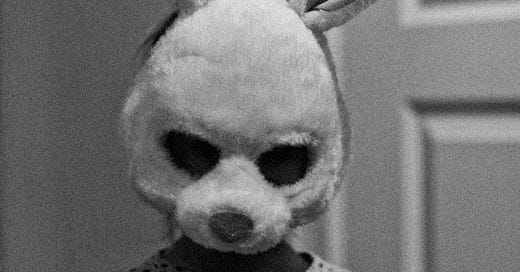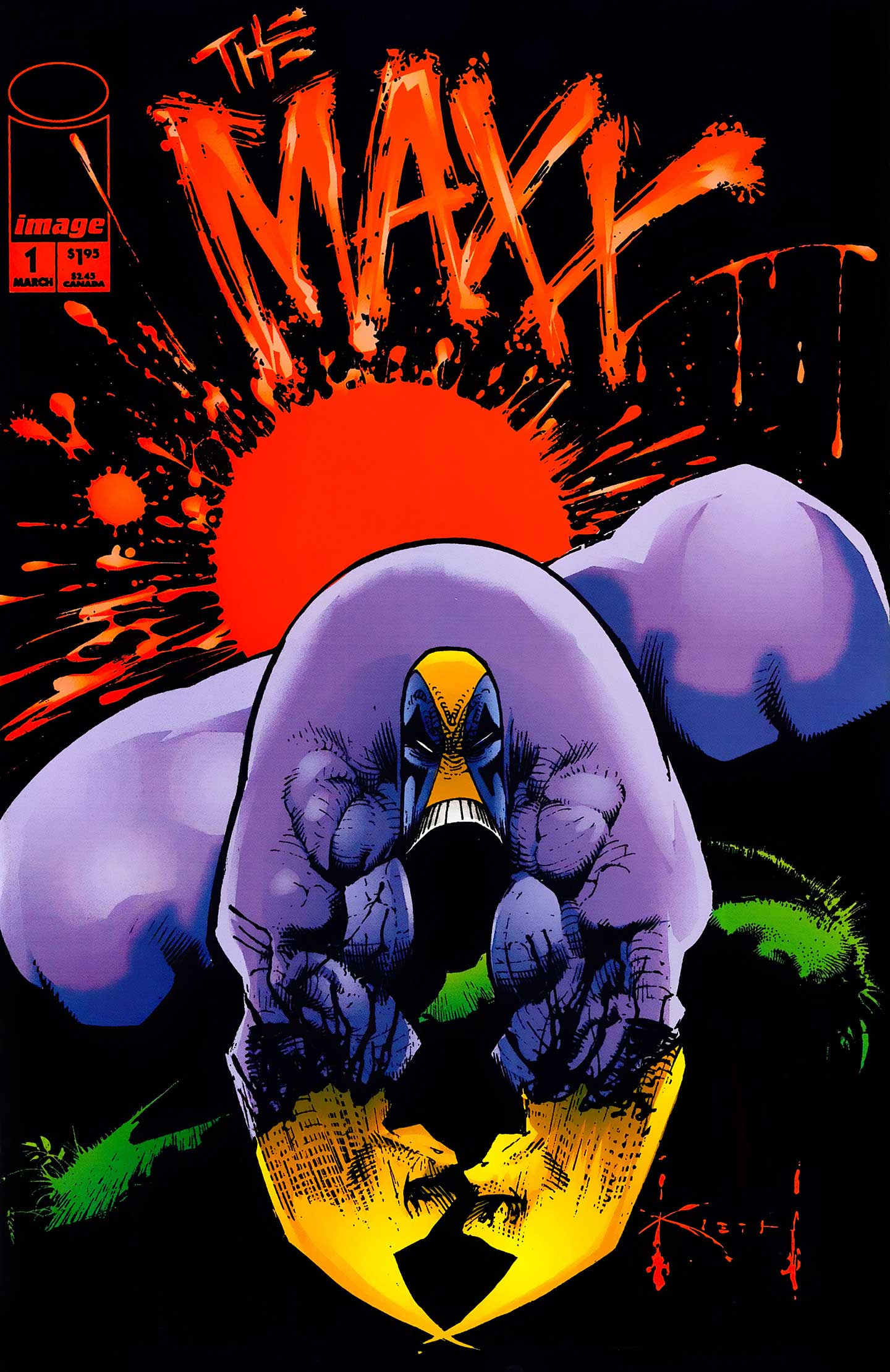The rabbit: part II
Fiction: It lives in the collective subconscious, it has haunted us since the beginning

Everything that has ever been written, that has ever been created, that has ever existed, can be traced back to the rabbit.
Go ahead. Pick up a book, the nearest one. As sure as the mention of land and sky and people, so too will you find the rabbit in some subtle or direct context in any book.
I’ll go first.
I just started reading A Steady Diet of Nothing by Cynthia Cruz—which is really good so far, talking about junkie and drunk homeless punk kids. And I’ve taken a small break from reading The Rabbit Hutch by Tess Gunty, which is about different characters, some crazy, some lonely, some both, who live in an apartment complex.
Rabbits, again.
But I’m open to criticism on subjectivity, even obsession, maybe even a little bit of derangement.
Still.
That which is under the order of Lagomorpha, the Lagomorphs. That which comes from ancient Greek “lagós” meaning hare and “morphē” meaning shaped.
And one of the two branches of the Lagomorph family tree is the Leporidae, or the Leporids.
But we know them as rabbits and hares. And we, in our arrogance and to our peril, dismiss these small creatures as harmless, as cute, as fluffy and nothing more.
There is something going on.

The native people of the Americas—not just Aztecs/Mexica but also the Cree, Ojibwe and Dine/Navajo. They have known about it since the beginning. That the rabbit is wise. That the rabbit is a trickster. A drunk. A little dick.
And it has burrowed its way into the collective subconsciousness of mankind.
In 1983, Comico the comic company published an illustrated story in issue #5 of their Primer series about a character named Max the Hare. Created by then-20-year-old Sam Kieth. No one would know it but that cartoon Leporid would go on to transform into something else, it would go on to become something terrible, something vicious. Something purple.
Sam Kieth would go on to work for comic heavy-weight Marvel, including drawing for The Hulk. But he did not know peace, he did not know happiness.
He was being haunted by a small spirit. The ghost of something forgotten or maybe never known. Something of his own creation, Max the Hare.
He was tormented by the overwhelming feeling of existential interruption—that something was missing and left undone. Max couldn’t just be a hare. He was something more, so much more.
And, so, after leaving Marvel—10 years later after introducing Max the Hare—like Dr. Frankenstein, a happy and deranged Sam Kieth gave the world his newest creation, rooted in the nightmares of his youth, his great monster, The Maxx.
And what was The Maxx?
A homeless man, straight-up and stupidly jacked, ambiguously deranged, in purple tights, with yellow fist-claws and huge feet. Who lived in a box in an alley. Who sort of fought crime but mainly existed to obsessively protect the jungle queen and social worker, Julie Winters—and somehow not in a creepy way.
All while he wore a purple-and-yellow mask with a comical overbite—that may or may not have been a deformity.
But what does this have to do with a hare or rabbit?
It’s what was behind it that matters. The face of a rabbit. The Maxx is obsessed over the possibility that he had a rabbit’s head in place of a human one.
The rabbit, a source of fear and trickery—again.
It demands respect—even if the respect is in a cute and therefore ultimately demeaning way. How it runs and fucks so desperately to exist. Slave to its biology. Like us.
But, still, there is more to the rabbit. Much more.






Beware the rabbit.
This was fun. Thanks :)